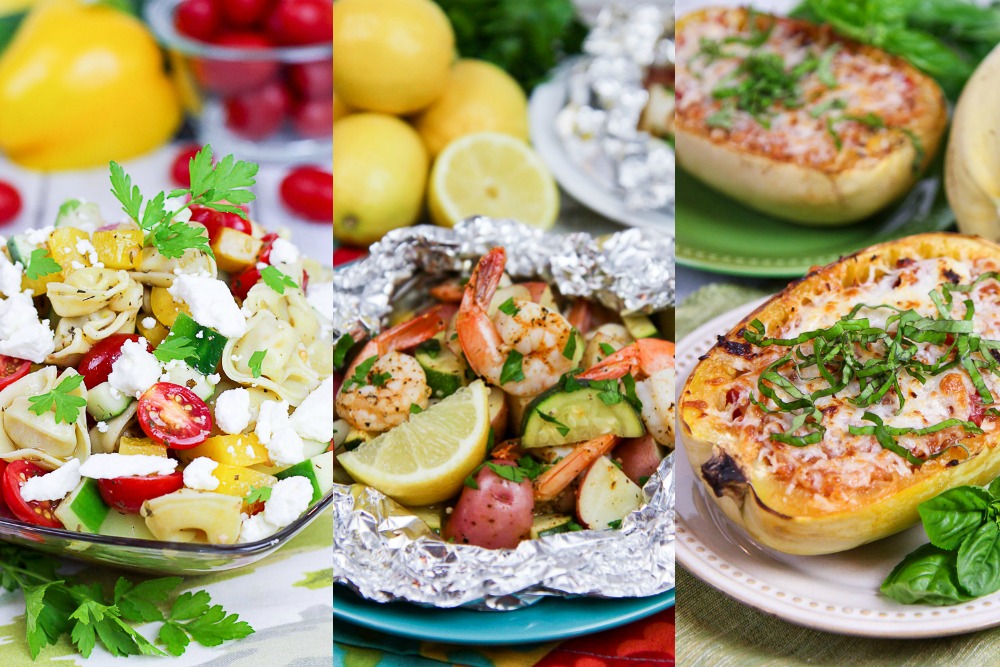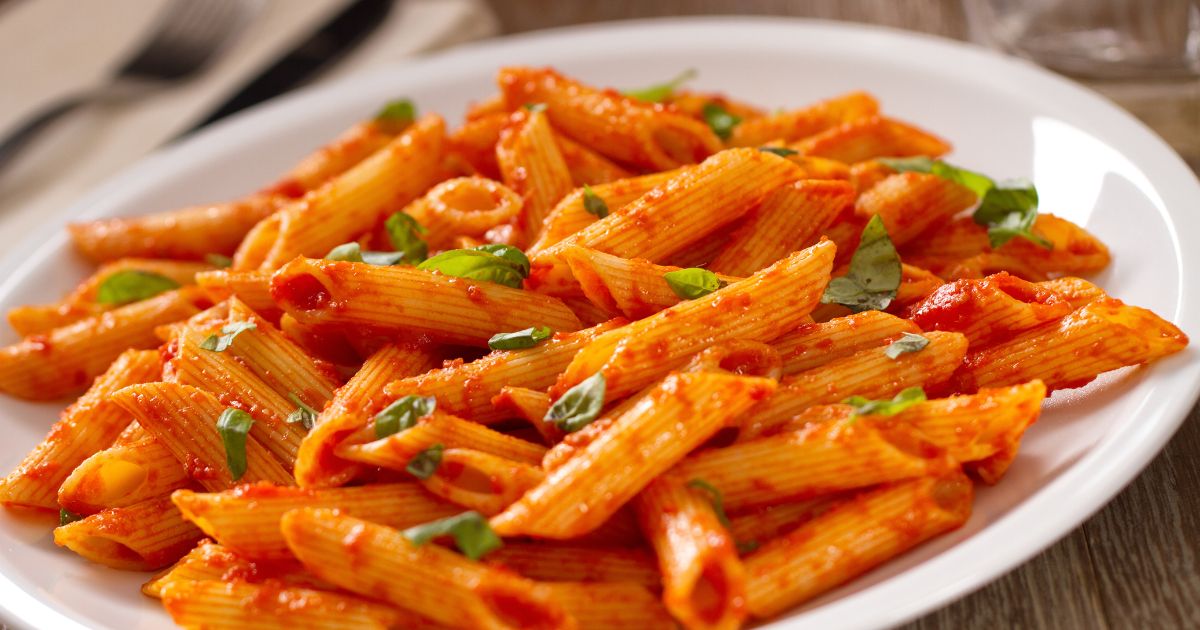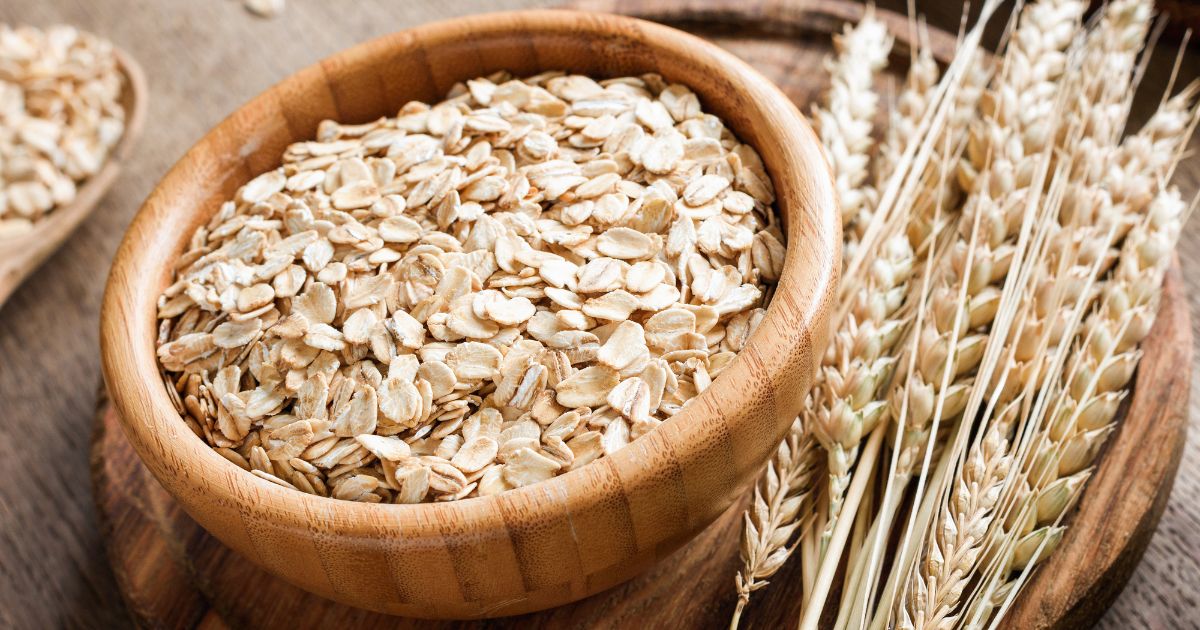If you have started your intense workout, the idea of creating a healthy meal plan probably has crossed your mind. Meal plans are a convenient and easy way to make sure that you eat healthily. However, the most challenging part is creating such a meal plan. Having a well-organized grocery list will get you in and out of the grocery store immediately and help you adhere to your healthy meal plan.
There are abundant theories, diets, opinions, and ideas out there on what is acknowledged as a healthy or balanced diet when eating healthy. What should you eat? Vegetarian, low-carb, low-fat, paleo, pescatarian, vegan? The list is quite long! It is up to you whether you want to subscribe to a particular diet at the end of the day. Consuming real, whole foods and dodging processed, refined, and packaged foods will make you feel your best.
Fueling your body is something that you should look forward to, not some dread. If you are trying to eat healthily but feel confused, where to start? Then, here is the healthy meal plan with grocery list.
- Bakery and Bread:- Add whole wheat bread, pita pockets, and muffins. Also, add whole-grain flour tortillas. Always look for the words “whole wheat” and “whole wheat flour” as the first ingredient on the label. Pick whole-grain bread that contains at least 3 to 4 grams of fiber and has less than 100 calories per slice.
- Chicken and Seafood:- Meat and seafood are the important part of a healthy diet. Add chicken or turkey breast, ground turkey or chicken, salmon, halibut, trout, mackerel, or your favorite seafood, reduced-sodium lunch meat, to your list. If you purchase red meat, pick the leanest cut, one with very little marbling. Buy ground chicken or ground turkey breast instead of ground beef. It is much lower in fat. Get creative with your recipe, and you will get flavor without fat.
- Pasta and Rice:- Add brown rice, whole wheat, or whole-grain pasta to your grocery list. Again, pick whole grains where possible.
- Oils, Sauces, and Condiments:- Add tomato sauce, mustard, barbeque sauce, red wine vinegar, salsa, extra-virgin olive oil, no-fat cooking spray, jarred capers, olives, and hot pepper sauce to your grocery list. The majority of sauces and condiments are high in sodium and sugar. So, always look for sugar-free stuff. Keep a check on sodium levels, especially if you are cutting back on salt. Replace mayonnaise and other high-fat sauces with alternatives like salsa and hot sauce, or pick light mayonnaise.
- Cereals and Breakfast:- Add whole-grain or multigrain cereals, steel-cut or instant oatmeal, and whole-grain cereal bars to your grocery list. Purchase cereals and cereal bars that are high in fiber and low in sugar. Utilize berries, dried fruit, or nuts to add sweetness to your cereal.
- Soups and Preserved Foods:- Add diced, or whole peeled tomatoes, tuna or salmon packed in water, low-sodium soups, broths, kidney beans, soy or garbanzo beans, lentils, spilled peas, and diced green chillies to your list. Just make sure that you check the label to see how much sodium is in canned vegetables and soups. Always pick lower-pick lower-sodium varieties. While purchasing canned fruits, choose brands that are packed in juice rather than syrup.
- Frozen Foods:- Frozen foods are the staple that you should include on your grocery list. Add frozen broccoli, spinach, peas, and carrots. In fruits, add frozen strawberries, raspberries, and blueberries without added sugar. In addition to that, you can add frozen shrimp, pre-portioned, low-fat ice-cream or frozen ice-cream, whole-grain waffles, and whole-grain vegetable pizza. Purchase frozen vegetables to put into soups, casseroles, and stews. Low-fat frozen yogurt mixed with frozen fruit makes a quick, healthy smoothie.
- Dairy and Eggs:- For dairy, add low-fat milk or soy milk, fat-free or low-fat yogurt, low-fat cottage cheese, string cheese snacks, eggs, firm tofu, butter, and spread. And if you crave whole-fat cheese and butter, don’t deprive yourself. You can consume smaller proportions. Go for strongly flavored cheeses like Parmesan or goat cheese so that you can consume smaller portions without compromising on your taste. Don’t go for pre-sweetened or flavored yogurts because they are very high in sugars and calories. Rather than buying plain yogurt, add your own flavor with a tablespoon of fresh fruit or jam.
- Snacks and Crackers:- Add healthy snacks to your grocery list. You can add whole-grain crackers, dried fruits like apricots, figs, prunes, raisins, and cranberries. In nuts, you can pick almonds, cashew, walnuts, peanuts, pecans, pistachios which are roasted and unsalted. Also, add sunflower seeds, sesame seeds, whole or ground flaxseeds, peanut butter, soy butter, and dark chocolate to your grocery list.
You can save dollars by doing your own prep work in the kitchen! Processing and packaging in the pre-fabricated foods add cost. In addition to that, count all the marketing money put in by the company. It’s the customers who pay dollars for that time and effort. Another benefit of less-processed options: They usually come in larger packages, making the “cost per serving” lower.




